Lothar Schmidt has owned Sinn since 1994. Since then, he’s led the company through unprecedented growth and technological development that has placed the Frankfurt-based brand in the upper echelon of German manufactories. Read on for our conversation with Schmidt where we discuss how he entered the watch industry, the technology he’s helped pioneer, and the difference between Swiss and German watch companies.
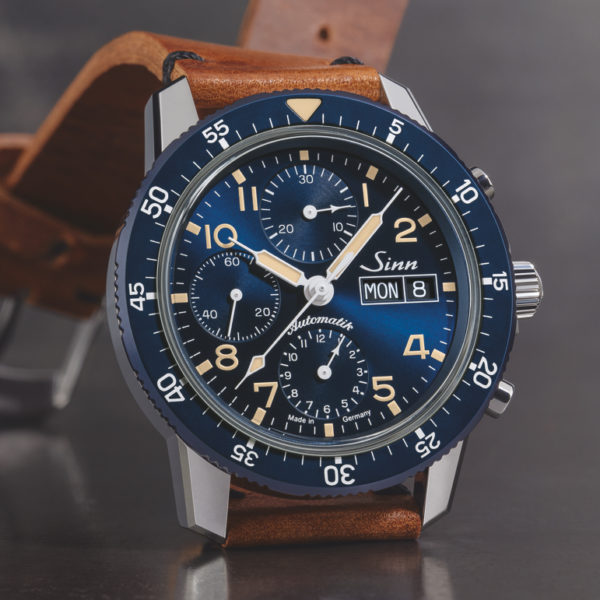
How did you start your career in the watch industry?
Pretty much by chance. Having studied mechanical engineering, I started working at a machine-tools factory in La Chaux-de-Fonds, Switzerland. After I had applied to VDO in Frankfurt, my path led me to their newly acquired subsidiary, IWC, in Schaffhausen. This heralded my future career in the watch industry.
What led to the decision to acquire a watch brand like Sinn in 1994?
Even in the early days of my career, I knew that I wanted to be my own boss — and this desire grew stronger during my successful time at IWC. That’s why I was a freelancer for a long time: I was looking for a brand with a focus on technology and functionality and that had a large enough workforce. I found what I was looking for at Sinn.
What was the biggest challenge in the last 24 years?
Leading an entire company was a challenge. I had to deal with development, technology, production, marketing, sales — and even finance and investments. The big advantage was that I was free to make my own decisions.
What was the first “real” watch you owned?
An engagement present from my wife: a Zodiac.
What is your favorite Sinn watch?
All Sinn watches are dear to my heart. I am currently wearing a U2, a diving watch made of German submarine steel.
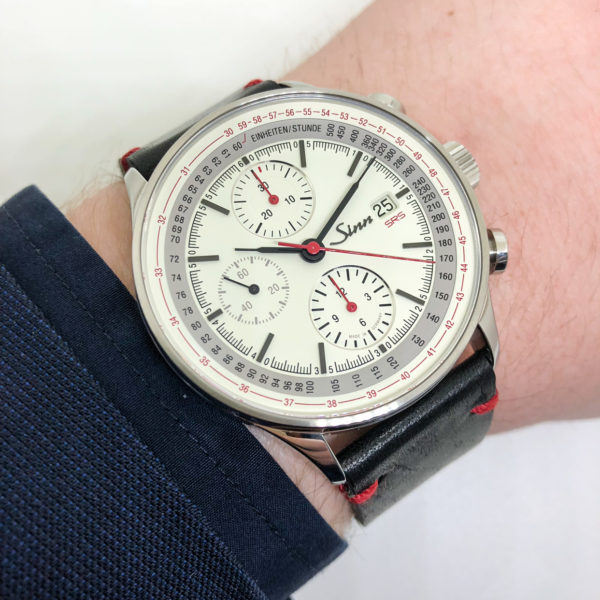
Sinn has been a driving force behind TESTAF (now DIN 8330), why do you believe the watch industry needs more regulation?
It’s not about regulations, but rather standards and, consequently, unambiguous technical requirements that a pilot watch, for example, has to meet if it is going to be used as an instrument by pilots. It is important for us to have the quality of our products tested and certified by established and independent experts.
Under your leadership, Sinn has launched a series of technologies that seem to focus primarily on the outside of a watch. Will we ever see a Sinn in-house movement?
We have already developed several movement modifications. We are fitting some of our series models with our SZ movement modifications — which are developed, built, and assembled in-house. I am toying with the idea of an in-house movement. The questions of when this will actually be feasible is another matter.
Which is your favorite technology?
DIAPAL technology, which guarantees the lubricant- and maintenance-free operation of a mechanical movement for many years.
Who would you like to see wearing a Sinn watch?
We do not use brand ambassadors. What matters instead is that people buy and wear our watches out of conviction. Even in space: take Alan Eustace from the United States and Dr. Reinhard Furrer from Germany on the D1 mission in 1985. Some famous people do wear our watches. There is, however, a crucial difference between Sinn and other brands: whenever celebrities wear a Sinn watch on their wrist, they have not been paid to do so — but have simply bought it from us.
What have German watch brands done that’s different than their Swiss counterparts?
I can only answer this question from the perspective of Sinn; with us, the difference is that we focus our advertising on substance and technologies, whereas Swiss watchmakers tend to rely on the good reputation that comes with a long tradition.

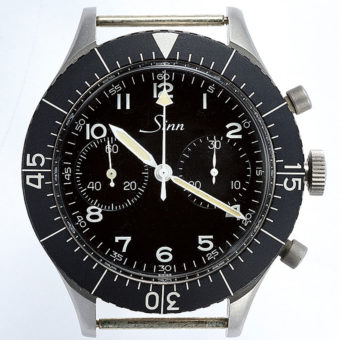
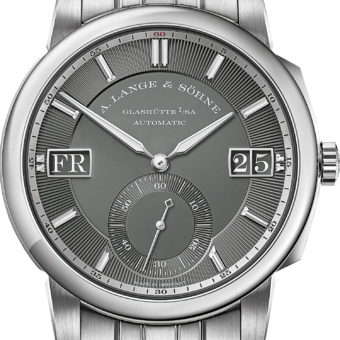
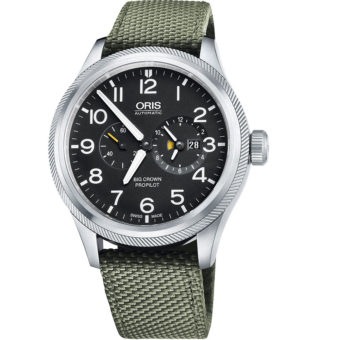
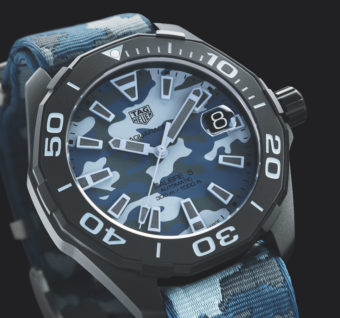
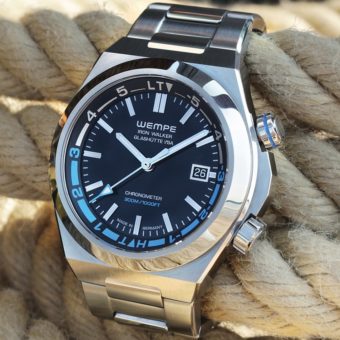
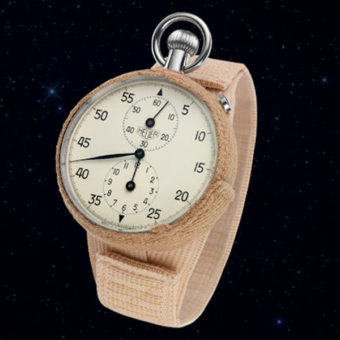
Great short read, thank you both for creating it. I currently do not own a Winner but will be buying one for sure. One thing I have would like to see is a watch that contains all of the special external treatments with an in house movement that is affordable. By affordable I mean under $ 9,000.00. Would like to see more articles such as this one. Thank you!